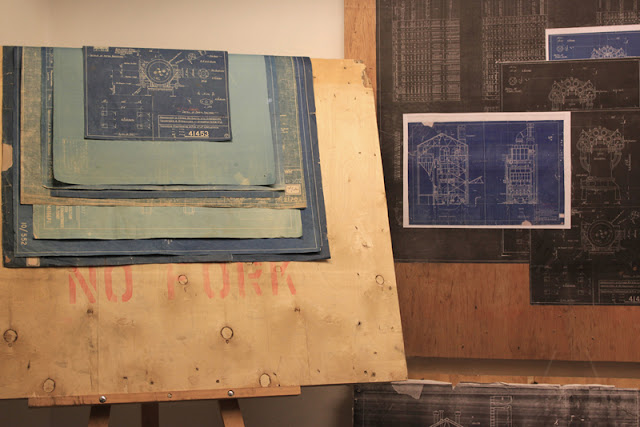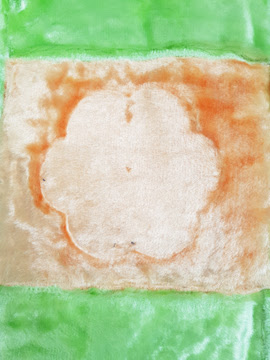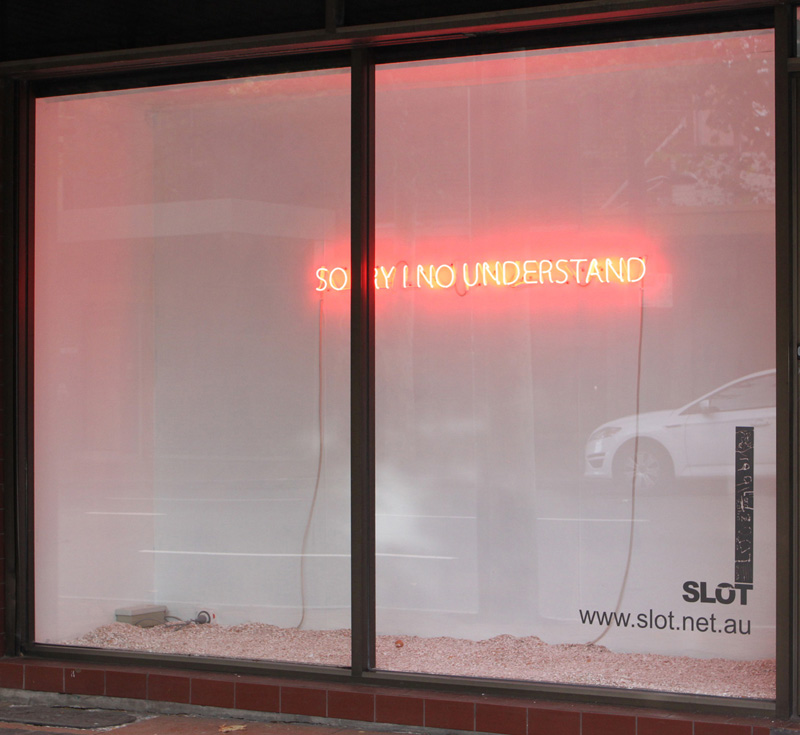09 December - 12 January I'm Dreaming
Link to artist's website
Christopher Hodges is a Renaissance man, neighbor, raconteur, tourist, connoisseur, motorcyclist, art dealer, loving husband of Helen and artist.
Forget about stop and go it’s Christmas, it’s go go go – go the Bunnies, and if you didn’t get it there are a couple of rabbits lurking about to make sure you do, “let’s dance”, and dance, dance, dance the night into light, the morning’s clarity and then the reason of the day.
This work doesn’t waste a second of its 24-hour cycle as it shuttles us from mood to mood. Sure it’s a perfect work but it avoids the singularity of perfection. And that is why Christopher is more a Renaissance man than a Modernist.
Link to artist's website
Christopher Hodges is a Renaissance man, neighbor, raconteur, tourist, connoisseur, motorcyclist, art dealer, loving husband of Helen and artist.
As an artist, he celebrates modernity with an alertness that embraces sensuality and wit. Modernism casts a long shadow in Waterloo, here the tall grey apartment blocks reiterate Le Corbusier’s fabled “machine for living”. Beside them Christopher Hodges’ graphic sculpture speaks directly with an understanding of history and an innate experience of now.
This exactly scaled work ascends and descends through a perfectly calibrated scale connecting a square with a rectangle that incidentally might be a slot before returning it to a square. It also conceals a light in a delightfully inadequate manner. By day a string or two of pearls are glimpsed, as tasteful as the white on white minimalism of the work itself. Across the evening and into the night it’s a different story. The work dips into the blackness of an apparent bacchanalian abandon to blazing red and green.
This exactly scaled work ascends and descends through a perfectly calibrated scale connecting a square with a rectangle that incidentally might be a slot before returning it to a square. It also conceals a light in a delightfully inadequate manner. By day a string or two of pearls are glimpsed, as tasteful as the white on white minimalism of the work itself. Across the evening and into the night it’s a different story. The work dips into the blackness of an apparent bacchanalian abandon to blazing red and green.
Forget about stop and go it’s Christmas, it’s go go go – go the Bunnies, and if you didn’t get it there are a couple of rabbits lurking about to make sure you do, “let’s dance”, and dance, dance, dance the night into light, the morning’s clarity and then the reason of the day.
This work doesn’t waste a second of its 24-hour cycle as it shuttles us from mood to mood. Sure it’s a perfect work but it avoids the singularity of perfection. And that is why Christopher is more a Renaissance man than a Modernist.
- Tony Twigg




































